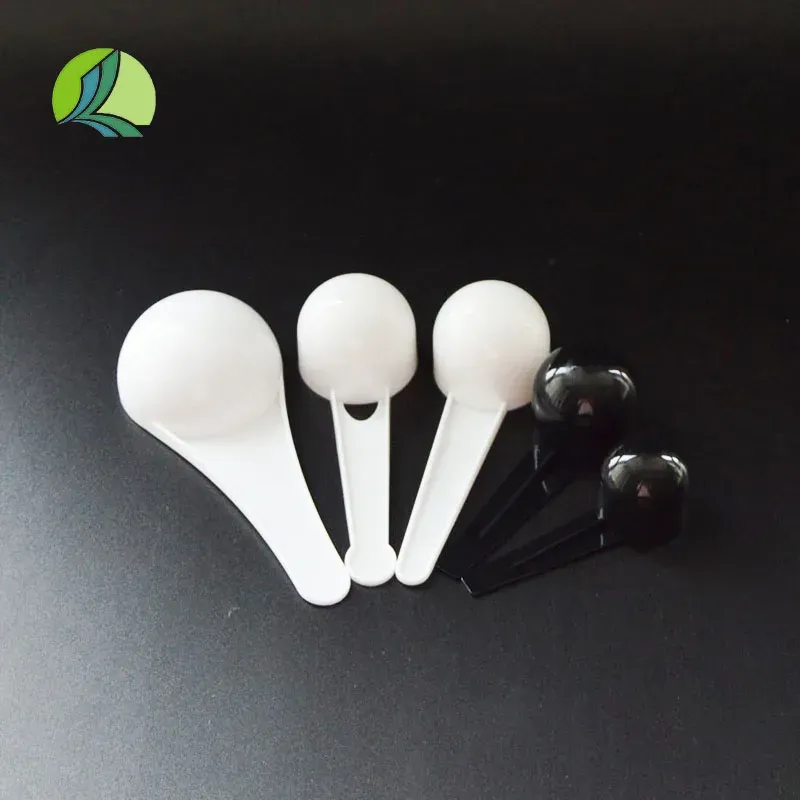Exploring the Benefits and Applications of IV Vials in Modern Medical Practices and Treatments
The Importance of IV Vials in Modern Medicine
Intravenous (IV) therapy plays a crucial role in modern medicine, providing essential fluids, medications, and nutrients directly into a patient's bloodstream. One of the key components in this therapeutic approach is the IV vial. These small, sealed containers are designed to safely store and preserve a range of substances for intravenous use, and they hold a significant importance in healthcare settings.
What are IV Vials?
IV vials are typically made from glass or plastic and come in various sizes, depending on the volume of liquid they contain. They are designed to maintain the sterility of their contents, ensuring that healthcare providers can administer medications safely and effectively. The design of these vials includes a rubber stopper to allow for the entry of a needle while preventing contamination, which is vital for patient safety.
Types of IV Vials
IV vials can contain a variety of substances, including saline solutions, antibiotics, and chemotherapeutic agents. They may be categorized as single-dose or multi-dose vials. Single-dose vials are intended for one-time use, minimizing the risk of contamination and ensuring that the entire contents are administered in a single session. Multi-dose vials, on the other hand, can be accessed multiple times, making them a cost-effective option for healthcare facilities. However, they require careful handling to prevent contamination and ensure safety.
The Role of IV Vials in Patient Care
The use of IV vials is fundamental in various medical situations. They are commonly used in emergency departments for rapid interventions, during surgeries for anesthesia delivery, and in critical care settings for administering life-saving medications. The ability to quickly and accurately deliver medication via an IV vial can mean the difference between life and death.
iv vials

Moreover, IV vials allow for the precise dosing of medications. This is particularly important in pediatric care or for patients requiring specific titrations of medication based on their condition. The precise measurement capabilities of vials help healthcare professionals to maintain effective treatment regimens tailored to individual patient needs.
Regulatory Standards and Safety
The manufacture and use of IV vials are regulated by health authorities to ensure safety and efficacy. The U.S. Food and Drug Administration (FDA) and other international regulatory bodies set stringent guidelines that manufacturers must adhere to in producing these vials. These regulations cover aspects such as material selection, sterility testing, and labeling requirements.
In addition, healthcare providers are trained in the proper handling and disposal of IV vials to minimize contamination risk. This includes practices such as using aseptic techniques when accessing vials and ensuring that expired or damaged vials are discarded appropriately.
Innovations in IV Vial Technology
In recent years, there have been significant advancements in IV vial technology. Manufacturers are exploring new materials that enhance drug stability and shelf life, as well as designs that facilitate easier access. For instance, pre-filled IV vials have emerged, which save time during critical situations by reducing preparation steps for healthcare staff. Smart vial technology is also in development, which could include tracking systems to monitor usage and expiration dates, further enhancing patient safety.
Conclusion
IV vials are a vital component of intravenous therapy, ensuring the safe and effective delivery of medications to patients. Their design and function play an essential role in a variety of medical settings, from emergency care to routine treatments. As technology continues to evolve, the role of IV vials in healthcare is expected to expand, further improving patient outcomes and safety in medical treatment. Understanding their significance is crucial for anyone involved in healthcare, underscoring the importance of precision, sterility, and efficacy in medical interventions.
-
Plastic Medicine Liquid Bottle: Secure Flip Top Drug VialsNewsAug.17,2025
-
Durable 250ml Blue Plastic Vaccine Vial for Lab & Vet UseNewsAug.16,2025
-
Sterile Virus Sample Tubes: Secure & Reliable Specimen CollectionNewsAug.15,2025
-
White 250ml Plastic Vaccine Vial for Lab & Vet MedicineNewsAug.14,2025
-
Premium Clear Plastic Vaccine Vials for Lab & Vet MedicineNewsAug.13,2025
-
Plastic Clear Vaccine Vials | Lab & Vet Liquid StorageNewsAug.12,2025
























